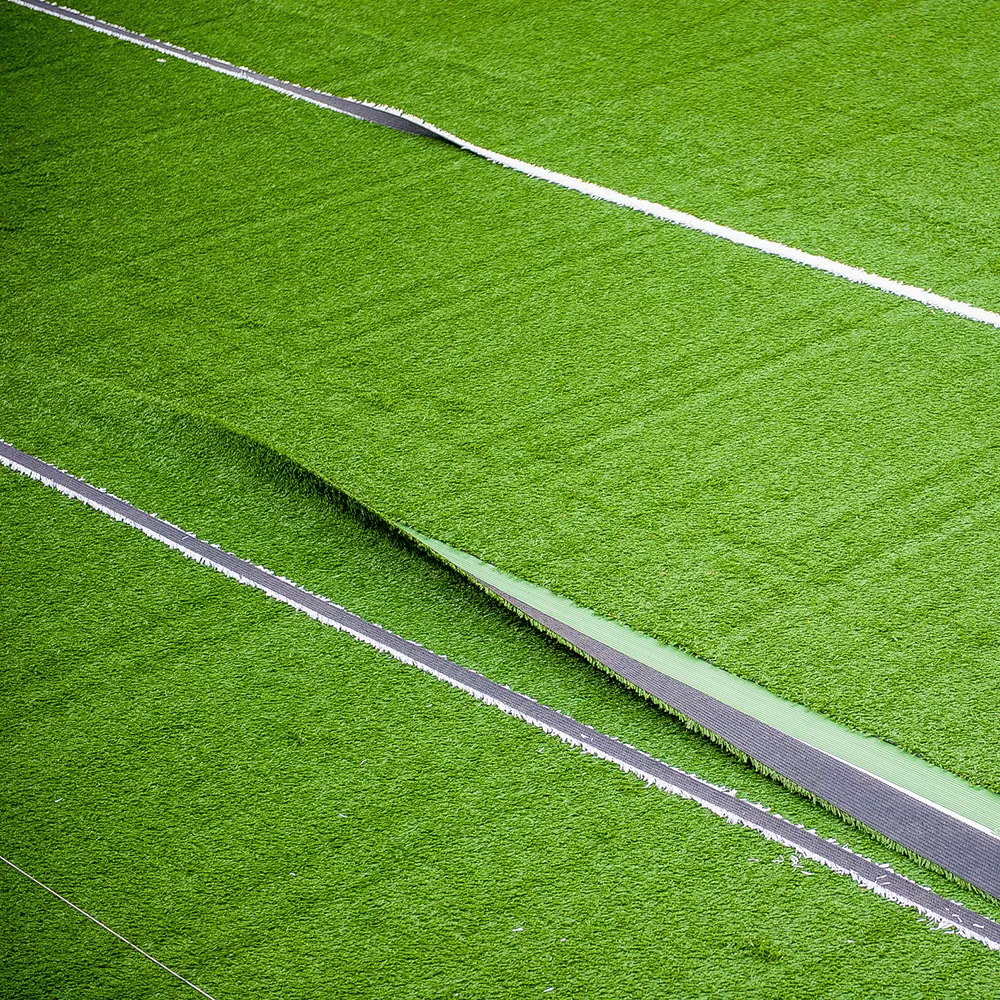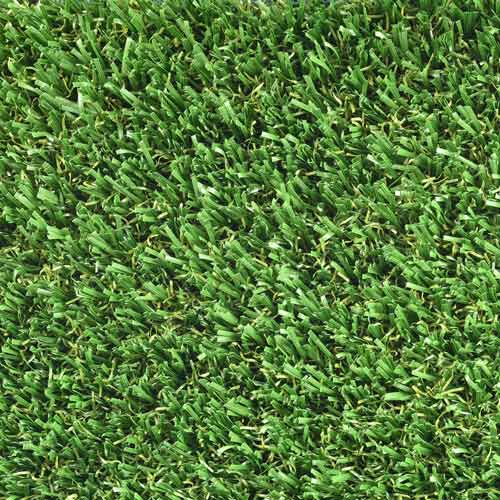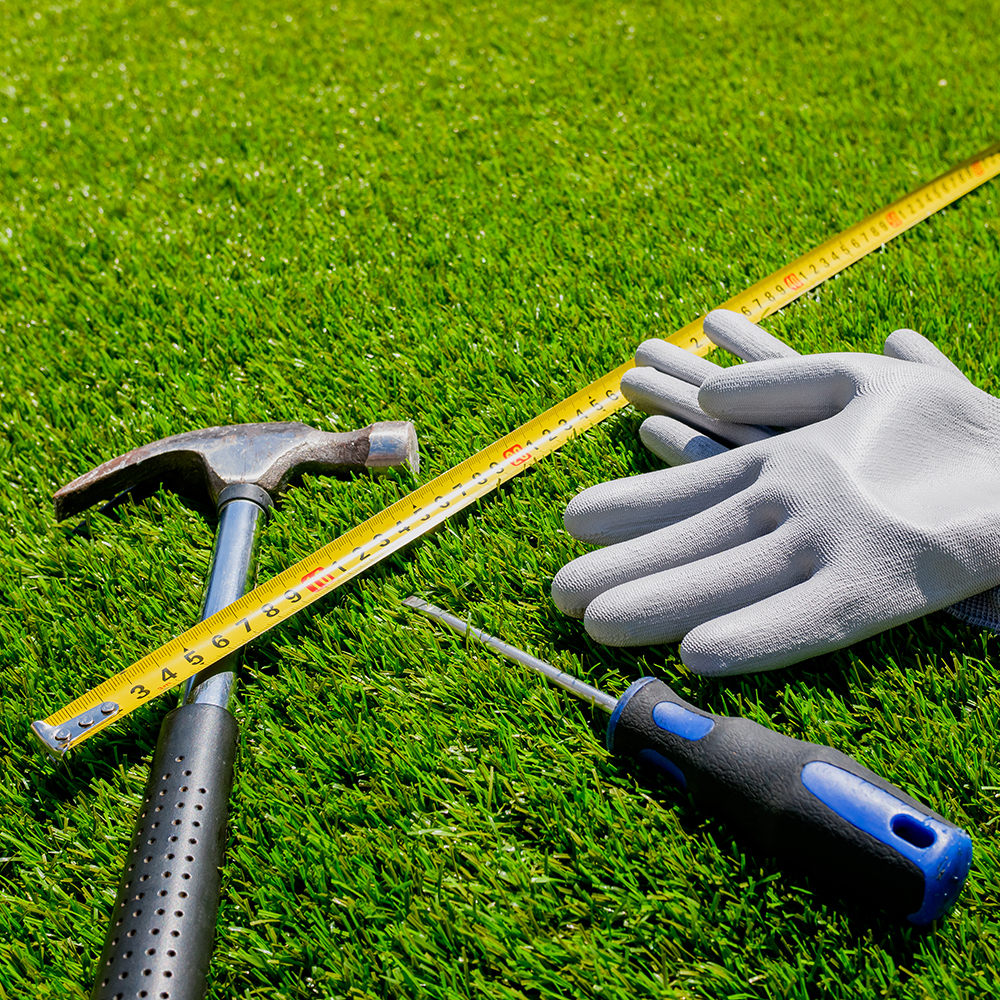How to Install Indoor Artificial Grass Turf
Related Product: V-Max Artificial Grass Turf 3/4 Inch x 15 Ft. Wide 5mm Pad Per SF
But to get the optimal performance and lifespan from your turf, it’s important to install the product correctly. Understanding the basics of indoor turf installation can help you to plan ahead, consult with a contractor if needed, and ensure that your indoor artificial turf installation is a success.
How to Install Indoor Turf
Keep in mind that indoor turf installation specifics will depend on the type of product that you’re installing and how you plan to use it. We’ve outlined some general installation steps and tips below, but please carefully review the specific indoor turf installation instructions that the manufacturer of your product provides.Plan Your Installation Timing
When installing field turf indoors, the weather and environment matter. Often, it’s best to choose a day when temperatures are at least 70 degrees, or set your thermostat ahead of time to maintain that consistent optimal temperature.
The relative humidity is also essential when you’re working with adhesive. In most cases, it’s important to work in an environment with relative humidity between 10% and 65%, but refer to the specific instructions of the adhesive product that you will be using.
Keep in mind that the turf will need time to relax before you glue it down. When you’re working with indoor soccer turf or gym turf, give the turf at least 24 hours to relax.
Prepare the Subfloor
Make sure that your subfloor is clean and dry. Remove any chemicals, sealer, or finishers on the floor, or skim coat them with a cement-based product. Remove any wax, dirt, grease, paint, or old adhesive. Fill in any cracks and holes in the floor, and make sure that the floor is level.
If you are installing indoor gym turf on concrete, then you will need to perform moisture testing to ensure that the concrete floor’s moisture emission rate is within the limits for the turf. Use an anhydrous calcium chloride moisture test kit to test the moisture emission rate. For most artificial turf products, emission rates of 3 pounds or less are suitable.
Before you begin the installation, sweep and vacuum the floor. If the floor is nonporous, then damp mop it before the installation and give it time to thoroughly dry.
Plan the Turf Layout
Before you install the indoor field turf, plan its layout. You should position the turf so that the seams run parallel with the main flow of traffic within the area. Create a seaming diagram so you know just where the turf seams will be located.
Lay Out the Turf
Start in the middle of the room and use chalk lines to position the turf. Butt the turf rolls together square at the center line. As you unroll the turf, place weights every five to 10 feet to help hold the product down. Weights should be over 30 pounds.

Seam the Turf
You can attach the seams using seam tape or by sewing the seams. Consult the manufacturer instructions for the best method for your turf. If sewing seams, use yarn to stitch the seams together ¼ inch from the yarn, and cut off any remaining edge.
When taping seams, fold back the edges of the turf and roll the seam tape down the center. Apply glue to the seam tape, then roll the turf into the glue.
Glue the Turf
Choose an adhesive that is recommended by the manufacturer of your turf product. Fold the turf back at the center line, then glue down three feet on both sides of the center line for a 50% glue down method. If you are following a 100% glue down method, then glue down six feet of turf on both sides of the center line.
Once you have applied adhesive, roll the turf with a 100-pound roller until the glue is tacky.
Install Infill
Pre-brush the turf with a street sweeper and groomer, making sure the machine contains no steel bristles. Apply infill with a top dresser and constantly brush the turf with a groomer. Brush the turf at an angle, going against the grain.
Apply the infill in multiple small layers. When finished, you should have 2.5 to 3.5 pounds of infill per square foot.
Planning a Successful Indoor Turf Installation
Your successful installation starts with choosing a quality astro turf or indoor artificial turf product, and there are plenty of those available at Greatmats. Contact the Greatmats customer service team if you have any questions about which product is best for your needs.Don’t forget that you can hire a professional contractor to install the turf for you, too. Once you have decided on the product that you will be buying, you can look for local contractors familiar with the product and its installation.
5 Popular Indoor Artificial Turf Products
- V Max Artificial Grass Turf
- Padded Playground Turf
- FlexTurf Motivate Padded Turf
- RageTurf Rally Interlocking Tile
- True Turf Artificial Grass


